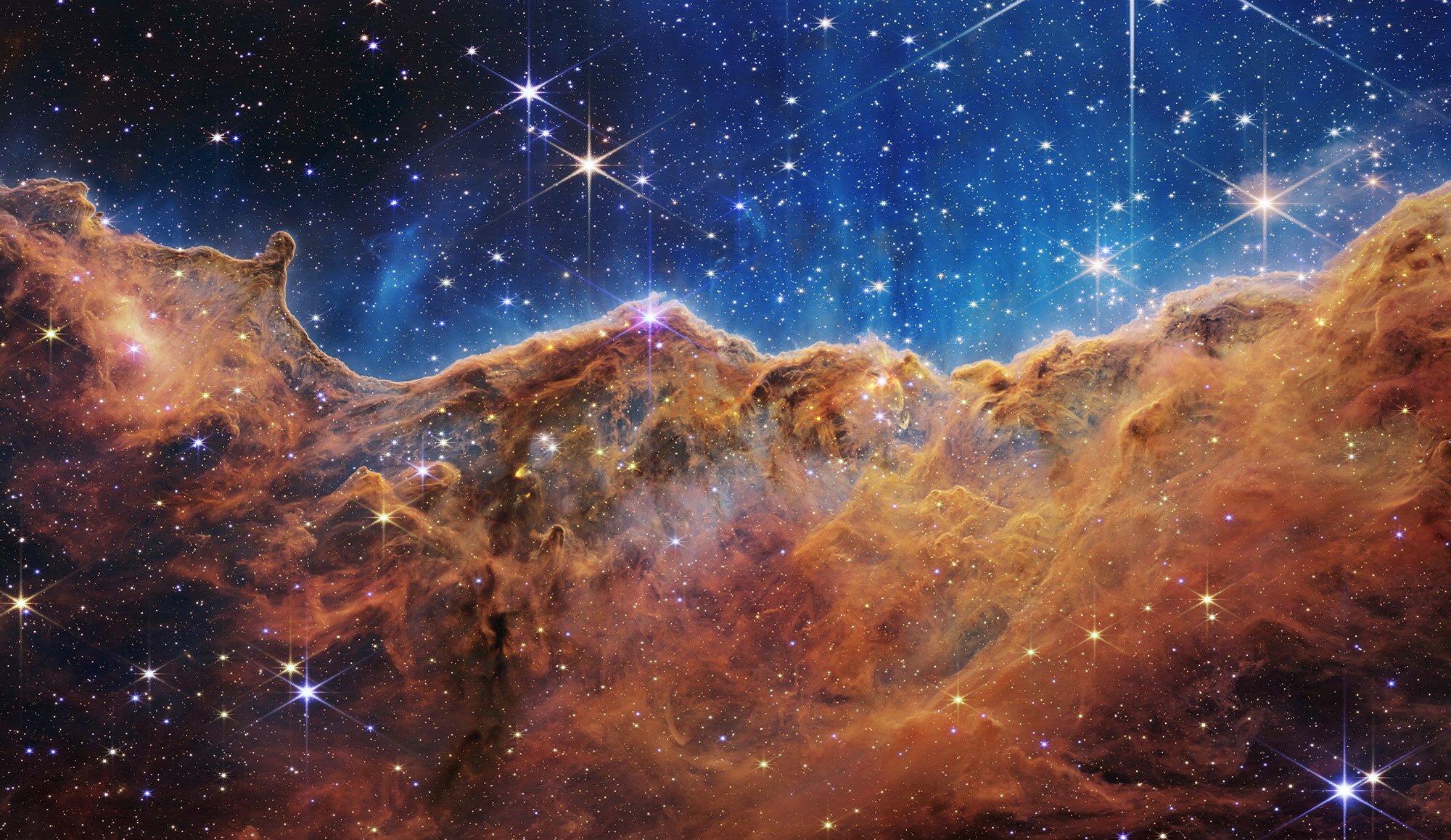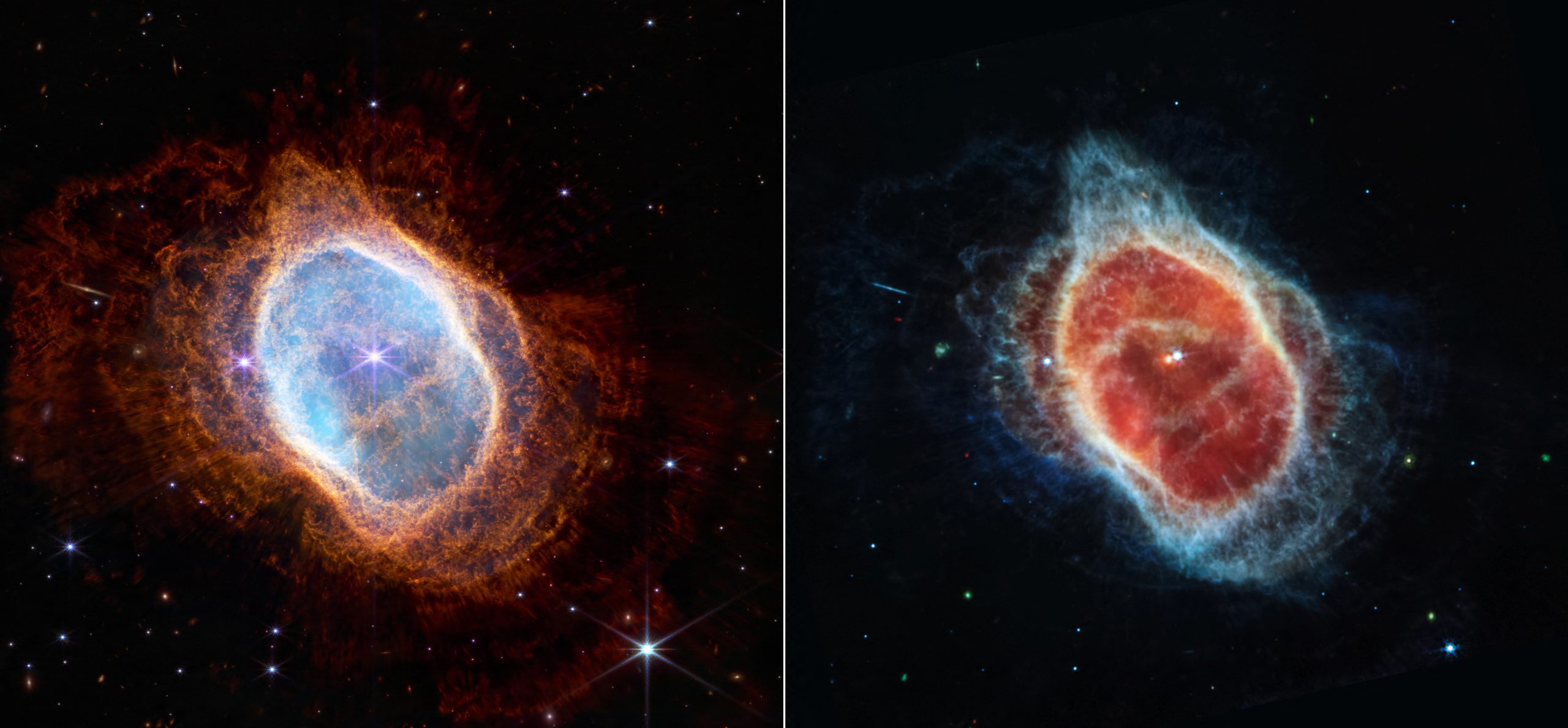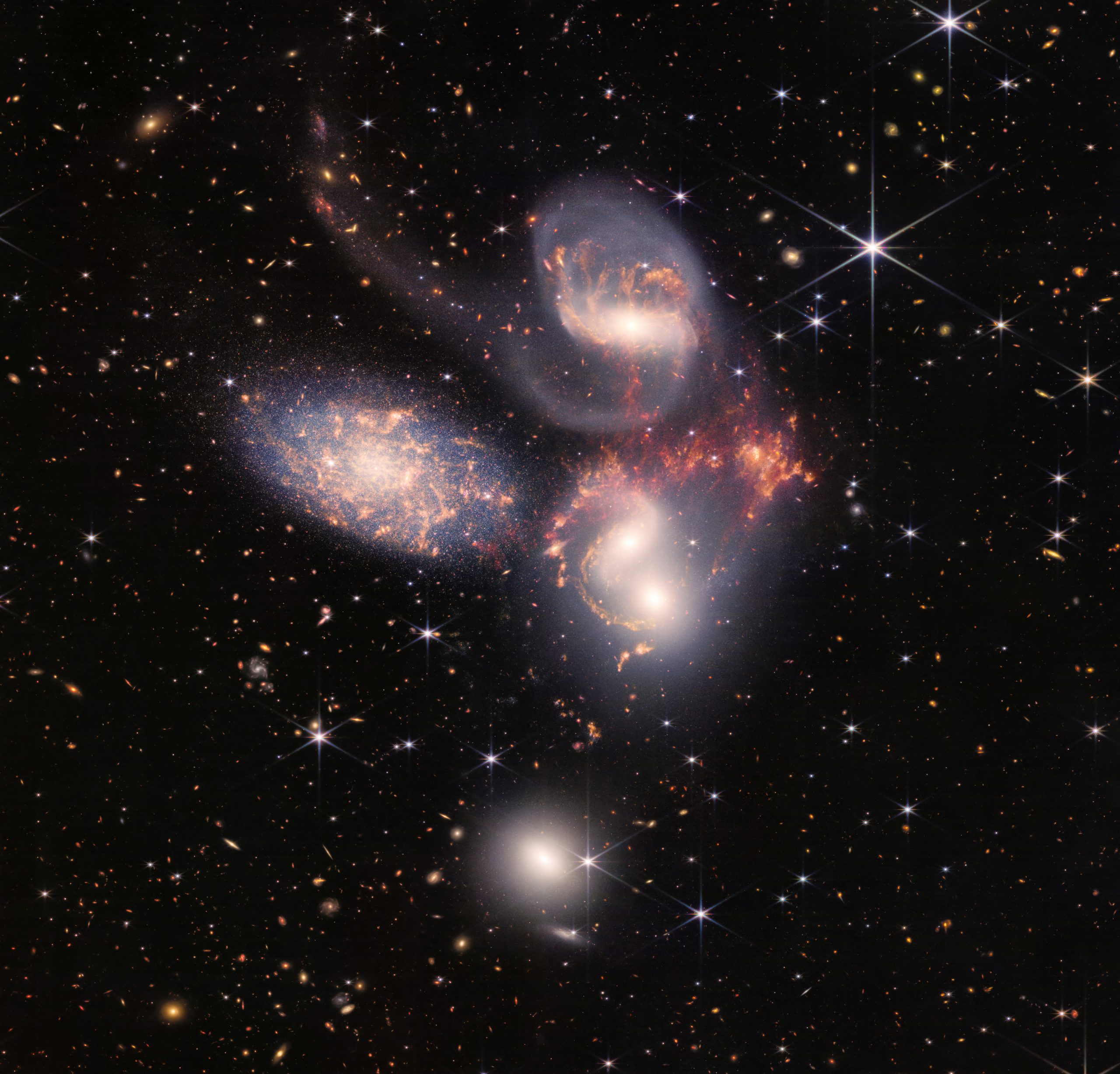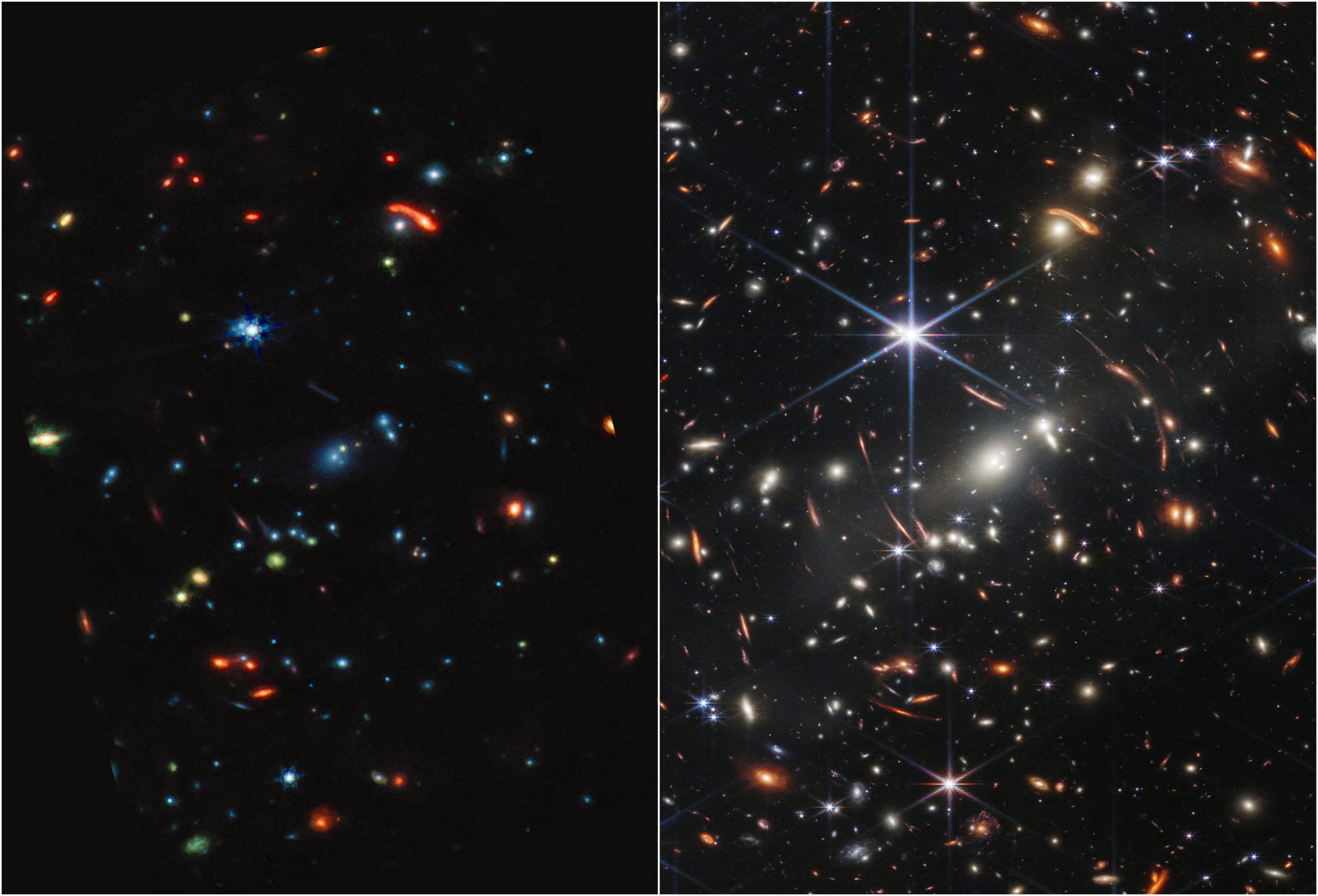
[elfsight_social_share_buttons id=”1″]
Following a presidential sneak peek of a galaxy-studded image from deep in the cosmos, NASA officials gathered on Tuesday to unveil more of their initial showcase from the James Webb Space Telescope, the largest and most powerful orbital observatory ever launched.
The first batch of full-color, high-resolution pictures, which took weeks to render from raw telescope data, were selected by NASA to provide compelling early images from Webb‘s major areas of inquiry and a preview of science missions ahead.
The $9 billion infrared telescope, built for NASA by aerospace giant Northrop Grumman Corp, is expected to revolutionize astronomy by allowing scientists to peer farther than before and with greater clarity into the cosmos.

A partnership between NASA, the European Space Agency and the Canadian Space Agency, the Webb was launched on Christmas Day, 2021, and reached its destination in solar orbit nearly 1 million miles from Earth a month later.
Once there, the telescope underwent a months-long process to unfurl all of its components, including a sun shield the size of a tennis court, and to align its mirrors and calibrate its instruments.
With Webb now finely tuned and fully focused, astronomers will embark on a competitively selected list of science projects exploring the evolution of galaxies, the life cycles of stars, the atmospheres of distant exoplanets and the moons of our outer solar system.
The introductory assortment of pictures had been a closely guarded secret until Friday, when the space agency posted a list of five celestial subjects chosen for its big reveal on Tuesday at NASA’s Goddard Space Flight Center in Maryland.
Whoops and hollers from a spritely James Webb “cheer team” welcomed some 300 scientists, telescope engineers, politicians and senior officials from NASA and its international partners into a packed and lively auditorium ahead of opening remarks.
“I didn’t know I was coming to a pep rally today,” NASA Administrator James Nelson said from the stage, enthusing that Webb‘s “every image is a discovery.”

Presidential peek
U.S. President Joe Biden got a jump on the unveiling with his own White House briefing on Monday to release the very first photo – an image of a galaxy cluster dubbed SMACS 0723 revealing the most detailed glimpse of the farthest reaches of the universe recorded to date.
Among the four other Webb “targets” getting their closeups on Tuesday are two enormous clouds of gas and dust blasted into space by stellar explosions to form incubators for new stars – the Carina Nebula and the Southern Ring Nebula, each thousands of light years away from Earth.
The debut collection includes another galaxy cluster known as Stephan’s Quintet, which was first discovered in 1877 and encompasses several galaxies described by NASA as “locked in a cosmic dance of repeated close encounters.”
NASA will also present Webb‘s first spectrographic analysis of an exoplanet – one roughly half the mass of Jupiter that lies more than 1,100 light years away – revealing the molecular signatures of filtered light passing through its atmosphere.
Built to view its subjects chiefly in the infrared spectrum, Webb is about 100 times more sensitive than its 30-year-old predecessor, the Hubble Space Telescope, which operates mainly at optical and ultraviolet wavelengths.
The much larger light-collecting surface of Webb‘s primary mirror – an array of 18 hexagonal segments of gold-coated beryllium metal – enables it to observe objects at greater distances, thus further back in time, than Hubble or any other telescope.
All five of Webb‘s introductory targets were previously known to scientists, but NASA officials promise Webb‘s imagery captures its subjects in an entirely new light, literally.
The SMACS 0723 image Biden released on Monday showed a galaxy cluster whose combined mass acts as a “gravitational lens,” distorting space to greatly magnify the light coming from more distant galaxies behind it.
The thousands of galaxies appearing in the image were captured in a tiny patch of the sky roughly the size of a grain of sand held at arm’s length by someone standing on Earth, Nelson said.

Copyright 2022 Thomson/Reuters
